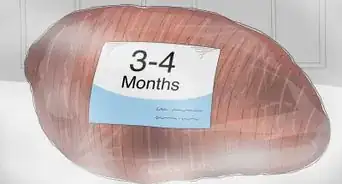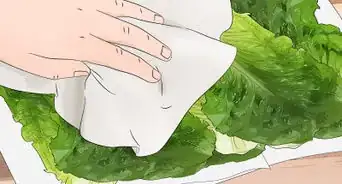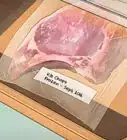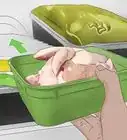wikiHow is a “wiki,” similar to Wikipedia, which means that many of our articles are co-written by multiple authors. To create this article, 15 people, some anonymous, worked to edit and improve it over time.
wikiHow marks an article as reader-approved once it receives enough positive feedback. In this case, 86% of readers who voted found the article helpful, earning it our reader-approved status.
This article has been viewed 191,476 times.
Learn more...
Storing food in the freezer is an easy and safe way to keep food fresh for later use. However, when outside air gets in contact with stored frozen food, it can lead to freezer burn, making the food unsightly and unappetizing to eat. Freezer burn is relatively easy to spot, but there are a few sings to look out for when checking food for freezer burn, and some simply solutions to help slow down the process, to keep your stored foods as fresh as possible, for as long as possible.
Steps
Recognizing Freezer Burn
-
1Look the food packaging. An opening in the food packaging or a tear in the plastic indicate that the food has been exposed to cold, outside air, and has a higher chance of being freezer burned.
-
2Inspect the food. Remove the food from the packaging, and check the food for dry areas, areas of discoloration, and ice crystals.[1] Food with any of these qualities, is highly likely to be freezer burned.
- The exact color of freezer burn discoloration varies depending on the food, but freezer burn tends to look white on poultry (chicken), grayish-brown on meat (steak), white on vegetables, and icy crystals formations on ice cream.
- Patches of wrinkling on meat or vegetables are also an indication that your food might be freezer burned.
Advertisement -
3Smell the food. Smell the food and see if you can detect an unpleasant plastic-y and stale “freezer” odor. When fat from food comes in contact with air outside of its packaging and oxidizes, it creates the gross freezer flavor and smell we associate with freezer burn.[2]
-
4Check the date. Store bought food is usually labeled with a storage date. Check the label and determine if the food has been stored past this date. If your food is past the labeled date, and has ice crystals, your food is most likely freezer burned.
-
5Deal with the freezer burned food. Freezer burned food is not unsafe to eat. However, you can save a majority portion of the food you plan to eat by trimming off the freezer burned areas, and preparing and eating the rest of the food like normal.
- If the freezer burn is widespread, throwing out the food may be the best option. Even though the food is safe to eat, it will be flavorless, or have a strange flavor.
- Freezer burned ice cream, will have small ice crystals formations on the surface, which are perfectly fine to eat, though not very appetizing.
Preventing Freezer Burn
-
1Tightly seal your food. Use freezer specific, sealable plastic bags to store food, and double-wrap your frozen items to stop water from evaporating from your food. Food wrapped in store bought packaging usually lasts about 1-2 months in the freezer, but if you plan to store your food longer than that, consider wrapping your food more securely.
- Try storing food in air-tight containers (soups, broths, fruit) or vacuum packaging (fish, meats).
-
2Repack opened store bought foods. Once store bought frozen foods are opened, the moisture-vapor seal of the packaging is broken, no longer keeping moisture from the frozen food. Because this barrier is broken, the food needs to be repackaged.
- For example, putting a whole bag of opened veggies inside a freezer bag or taking frozen fish sticks out of an opened box and putting them into a small, freezer safe container, are efficient ways to repackage and store opened frozen foods.[3]
-
3Check the freezer temperature. Your freezer temperature should be set to at least 0 degrees Fahrenheit, if not a bit lower.
- Any temperature higher than zero, or inconsistent temperatures (due to opening and closing the freezer door) increases the risk of freezer burn.
-
4Avoid storing food for too long. All frozen food should be eaten within the recommended time period on the packaging labels.[4]
- Try labeling your frozen foods with a date to use and eat your food within the recommended time frame.[5]
- Remember: freezer burned food is not unsafe to eat; it just means it may not be at its best quality.
-
5Utilize ice dips. Ice dipping is a very old method to preserve food. You dip your raw food in water and allow the layering of water to freeze into an ice coating on the food. Then you continue to dip the now ice coated food in water and again, allow the water to freeze into a layering of ice. This dipping is done until there is a thick enough coating of ice over the food to protect it from penetrating outside air.[6]
- Fish is often dipped in ice for preservation. Other raw foods that are preserved this way include chicken and other meat.
- Ice dips are also utilized to help save on plastic packaging costs.
References
- ↑ http://www.wisegeek.com/what-is-freezer-burn.htm
- ↑ http://www.favoritefreezerfoods.com/freezer-burn.html
- ↑ http://www.favoritefreezerfoods.com/freezer-burn.html
- ↑ http://www.foodsafety.gov/keep/charts/storagetimes.html
- ↑ http://housewares.about.com/od/glossary/f/Freezer-Burn-how-it-occurs.htm
- ↑ http://www.favoritefreezerfoods.com/freezer-burn.html
About This Article
Storing food in the freezer is an easy and safe way to keep it fresh for future use, but when outside air gets into your frozen food, it can lead to freezer burn. If you think your food has freezer burn, remove it from the packaging and check it for dry areas, discoloration, or ice crystals, which are all signs of freezer burn. You might also detect an unpleasant, plastic-y or stale freezer odor. While freezer burned food isn’t unsafe to eat, it might not taste as good, so trim off the bad spots and plan to eat the rest as usual. To learn how to prevent freezer burn, keep reading!
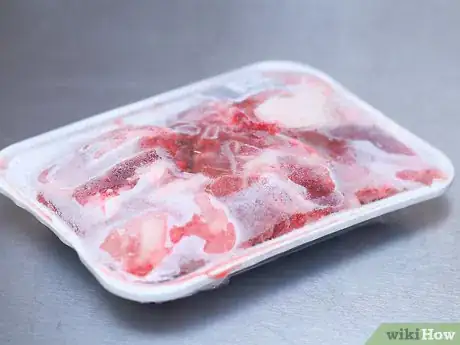
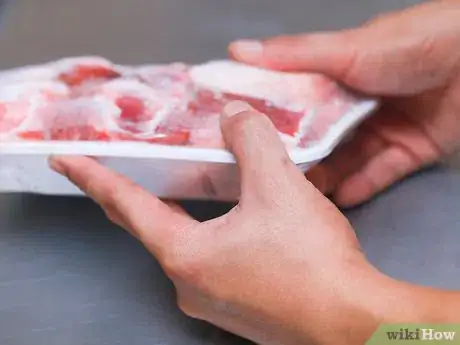
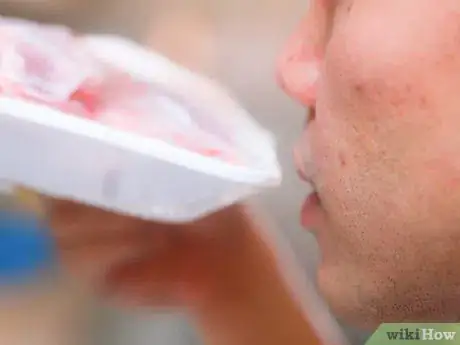
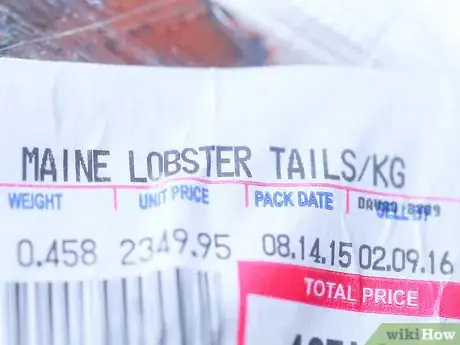
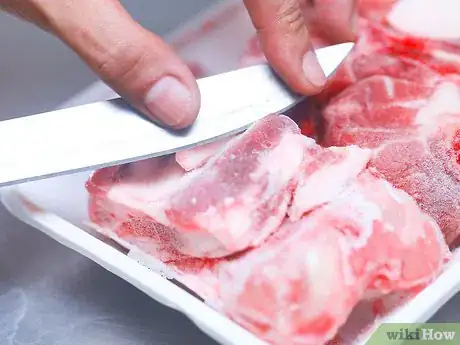
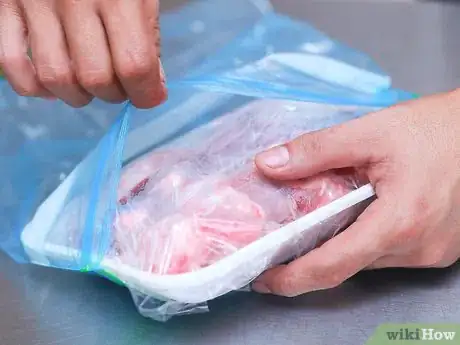
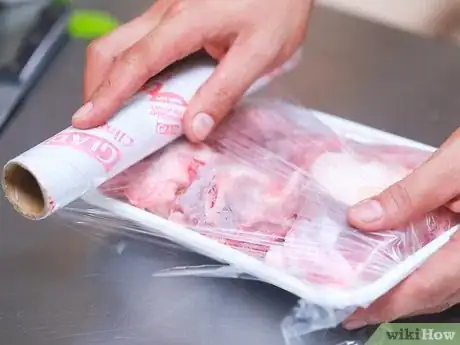
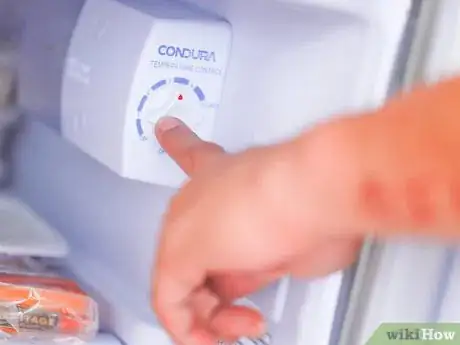
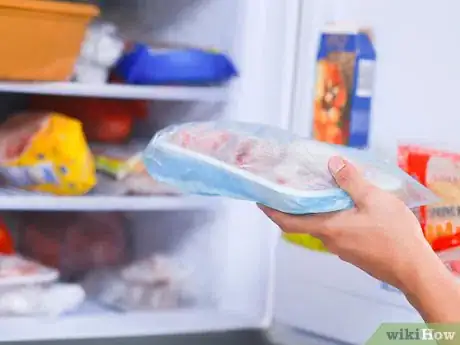
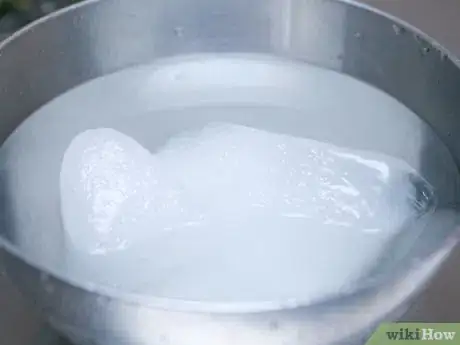
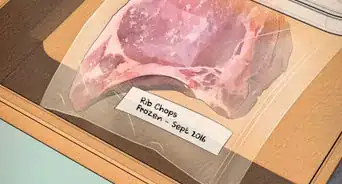
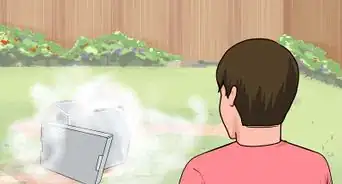
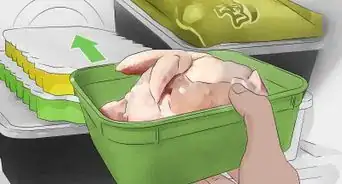
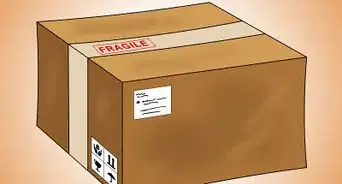


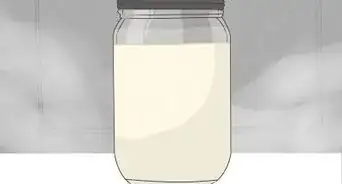
-Step-11.webp)
